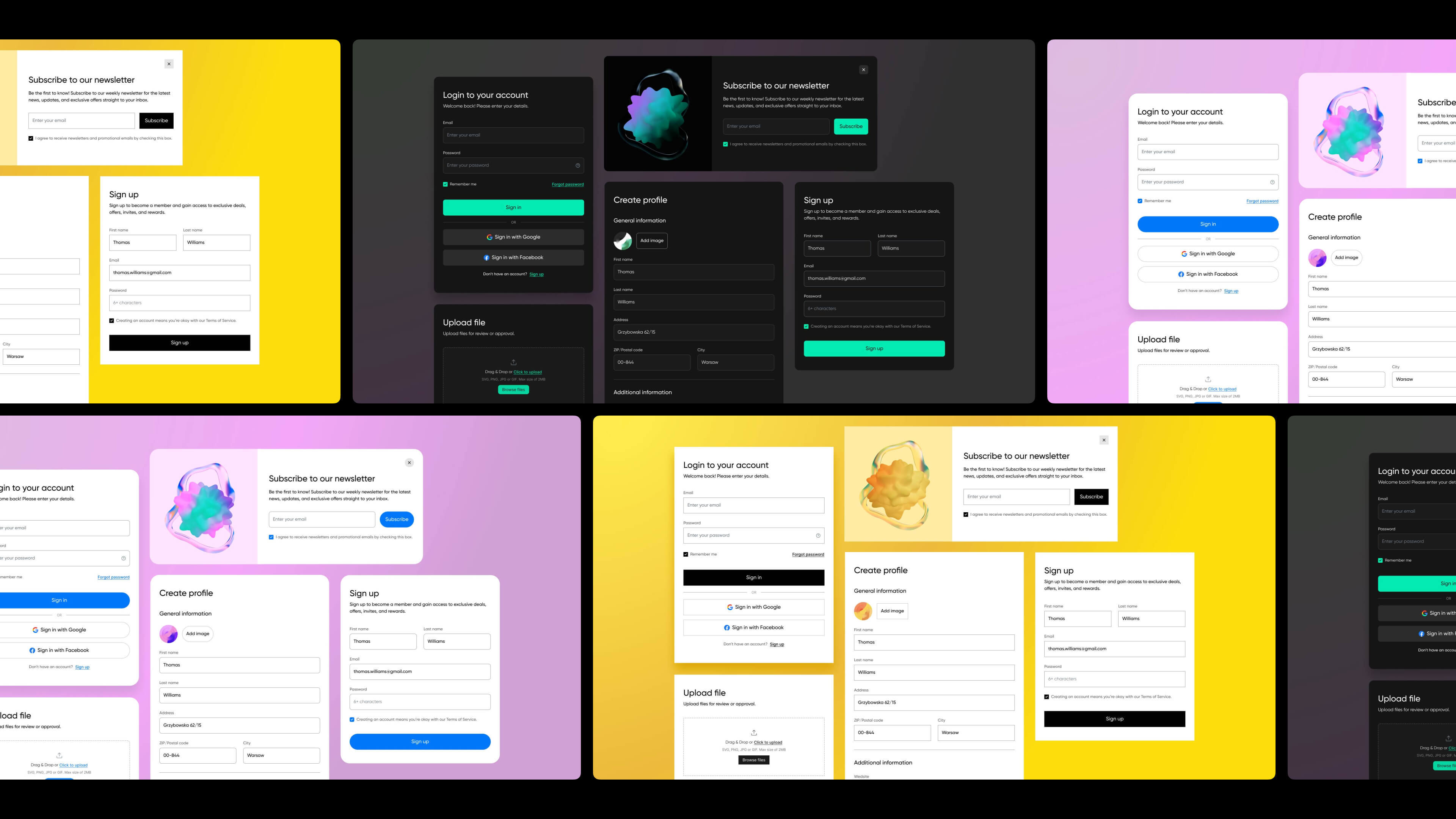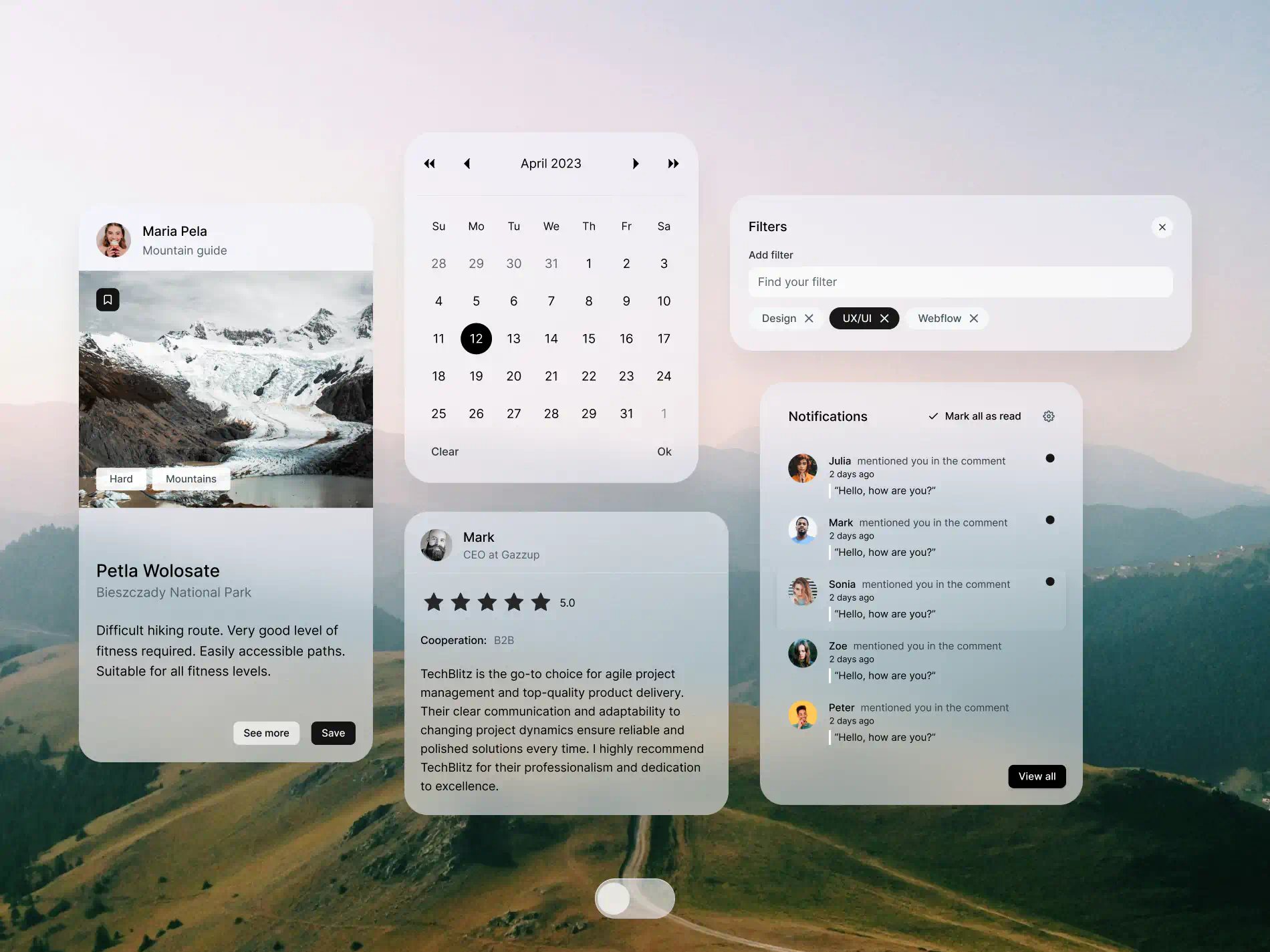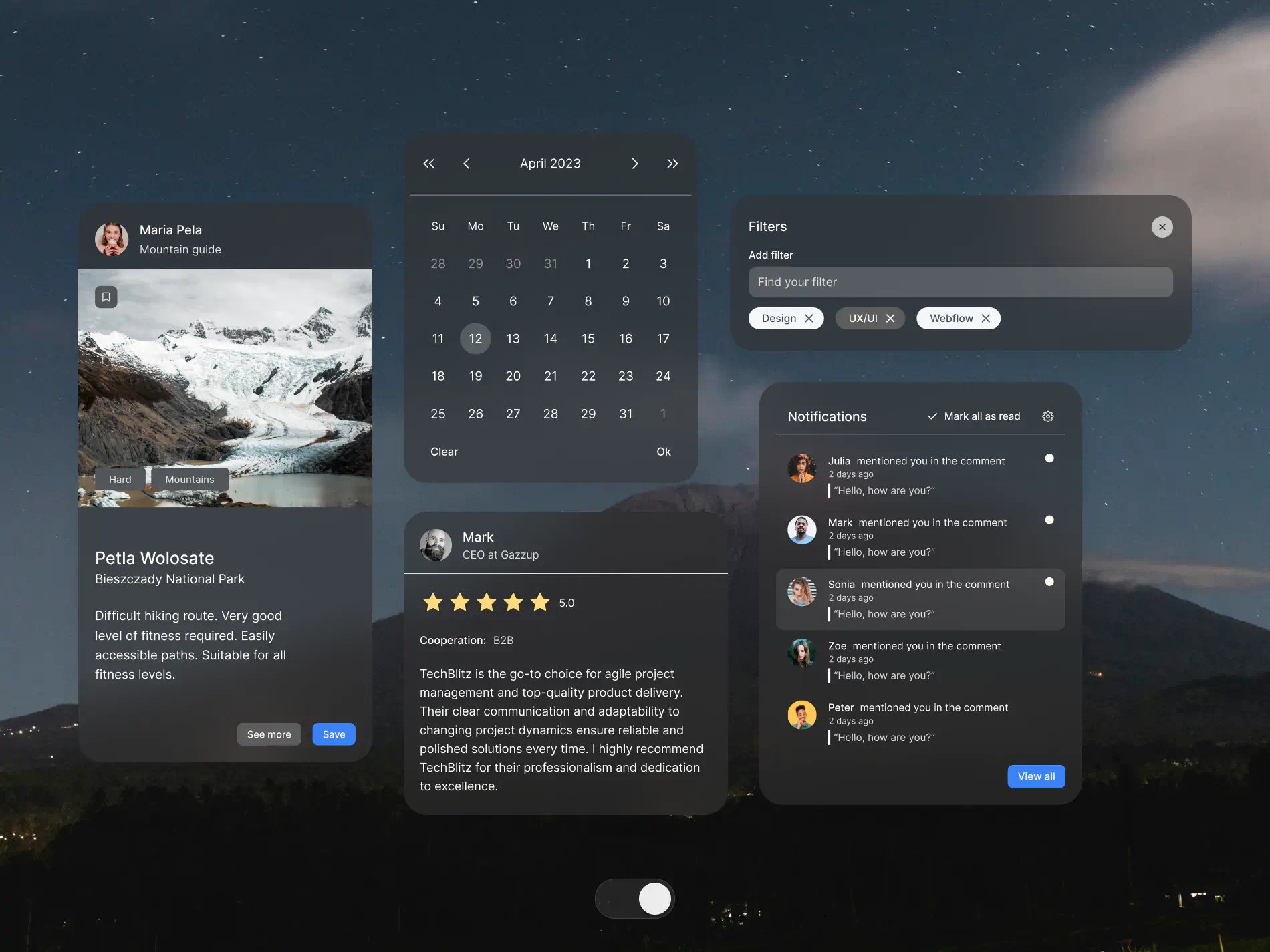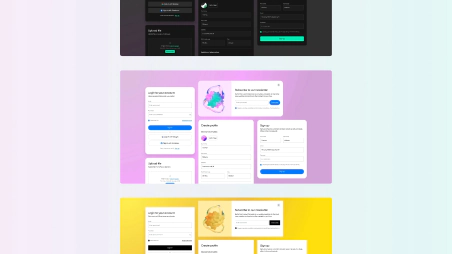12 May 2023 (updated: 18 July 2024)
7 Design System Benefits: Why You Need a Design System
Chapters

Although it may sound too good to be true, design systems make your work easier, quicker, and less expensive in the long run. Learn more about the benefits of implementing a design system in your organization.
Design has become a key element in delivering quality products to customers. Companies that prioritize user experience gain a competitive advantage and benefit from customer loyalty and reduced support costs. To achieve this, many organizations are implementing design systems. A design system unifies visual language and helps reduce design debt, streamline the design and development process, and enhance product quality.
The benefits of a design system go beyond just improving workflow and efficiency — it also shapes the user experience. More companies are adopting design systems as a valuable tool in their design toolkit - from small businesses to tech giants like Google or IBM. Discover how design system improves product quality while saving time and resources.
What is a design system?
A design system is a collection of standards, patterns, and practices that help create coherent digital products. A design system aims to ensure consistency, speed up work, eliminate errors, serve as a single source of truth, facilitate collaboration, decrease cognitive load, and improve user experience. It serves as a single source of truth for the entire team involved in the project, ensuring that everyone, from designers to developers, uses the same design and code choices, resulting in a consistent, accessible product.
The design system simplifies the creation of user interfaces to make sure they are visually appealing and consistent across various platforms and devices. It usually consists of component and pattern libraries, design tokens, brand style guidelines, and detailed documentation on how to use the system. The main goal of a design system is to keep everyone in the organization on the same page in terms of design to streamline production.
Why do you need a design system? - The benefits of a design system
A properly integrated design system eliminates duplicates, saves resources, and enables scalability and growth. Design system documentation is crucial as it allows teams to create coherent materials and maintain visual consistency across various elements online and offline. See 7 benefits of implementing a design system in your company:
1. Promotes consistency
Visual consistency across all user interfaces leads to better & positive user experience. By providing a set of patterns and standards, the design system is used to ensure the designs feel in harmony across the entire product. Inconsistencies can affect users’ experience, and it is particularly important when it comes to visual components establishing a brand’s personality such as typography, spacing, and colors. By promoting consistency and visual language, a design system fosters brand loyalty and trust and makes the product more appealing to users.

2. Smooth handoff and communication
Hand-off becomes more complex as the organization grows and it becomes more important to ensure it is as smooth as possible and includes all stakeholders in the project, especially the design team. A design system streamlines the workflow and ensures excellent communication between design and development teams. Designers can quickly prototype the screens thanks to reusable components and patterns, and developers can grasp design files and quickly assemble new features. Finally, QA engineers are able to easily determine if the delivery matches the design rules.
A shared set of standards and visual resources reduces the need for extensive meetings, bug fixes, and pixel-pushing making the team more efficient and effective. Ultimately, collaboration becomes simple, and onboarding new team members becomes faster. This efficiency translates into real value for businesses, which leads to:
3. Saves time and money
Creating and implementing a design system requires resources, but it undoubtedly pays off in the long term. Having your own design system offers flexibility, brand alignment, and significant cost and time savings in development. The standardized process reduces the cost of developing and maintaining the product leading to increased productivity and faster time to market. Designers, rather than designing every button from scratch, can focus on the product’s bigger picture. According to an experiment conducted by Figma, they are 34% faster to complete a task when they have a design system.
In terms of development, a design system enables developers to quickly translate designs into code and reduces the code needed for tasks. Additionally, it minimizes the rework needed when the changes are made in the existing application.
4. Prevents design debt
A Design System is key to avoiding design debt, which is the result of sacrificing good design concepts for immediate benefits. Using an existing design system ensures visual consistency in all digital and marketing materials, increasing product development efficiency and creating a sense of branding consistency for the end user. This approach can have serious consequences for the success and longevity of your product, such as lost users, decreased conversion, and revenue. That’s why it’s crucial to prioritize long-term goals over short-term gains.
By prioritizing good design principles and investing in a Design System, you can minimize design and code overhead and create a solid foundation that will pay off in the long run. Get our webinar recording to learn more about avoiding Design Debt.
5. Brings focus on accessibility
All people have different abilities and disabilities. Understanding your users and their unique challenges is key to ensuring that your product is accessible and easy to use. By implementing a design system accessibility can be integrated equally into the entire product.
A design system consists of style guidelines that define key accessibility elements like contrast, typography, image alt texts, and more. It also minimizes the challenge of consistent user experience across multiple screen sizes, platforms, and devices.

6. Enhances quality and innovation
A well-designed system contributes to the product’s high quality and innovation. When developing a design system, the team of designers can concentrate on details and leverage their unique expertise, such as accessibility or typography.
After the design system is implemented, the teams can focus on innovative ideas instead of repetitive tasks, like designing a button from scratch. The design system allows them to experiment with new features and implement them faster while keeping consistency.
7. Elevates scalability
Having an important foundation that accelerates growth is crucial when scaling the organization. A design system with a clear set of rules and guidelines speeds up all processes - development, launch, and training of new people. It also reduces the risk of bugs and errors which is especially important in a fast-paced startup environment that requires constant modifications and improvements. It can evolve as your product and company grow, but it is important to keep in mind that a design system is a constant process of improvements, not a one-and-done project.
Feeling FOMO without a design system?
Check out our design services.






